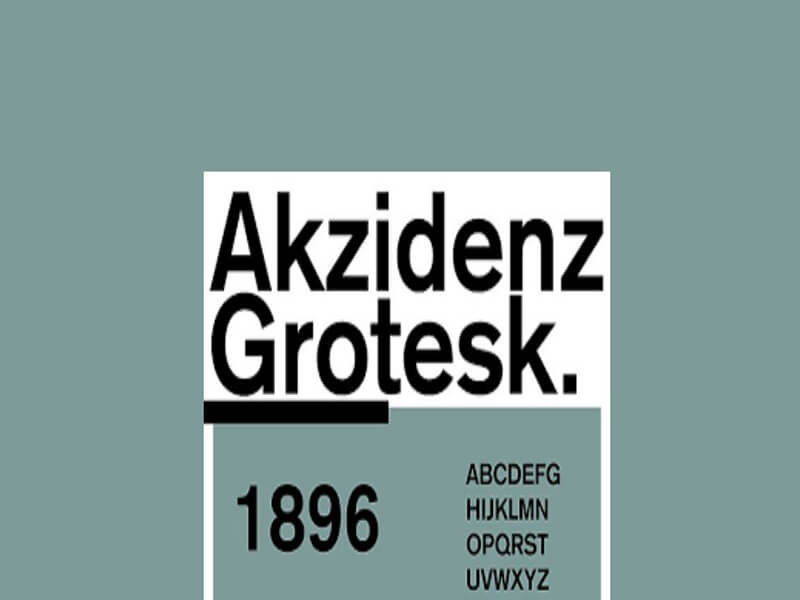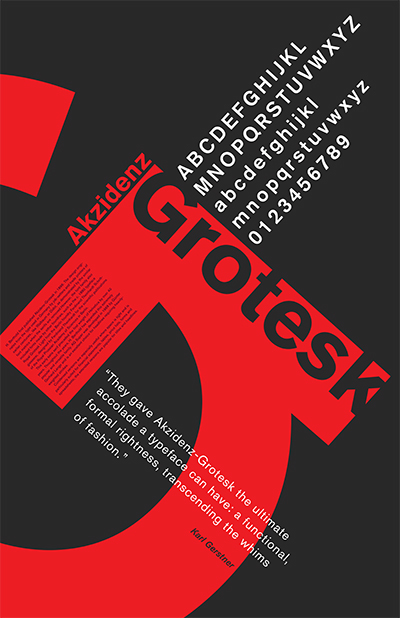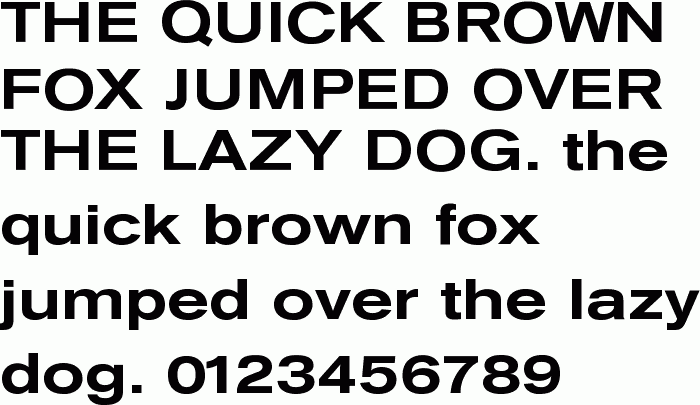

In 1885, he sold his foundry to Oskar Mammen and two brothers: Emil and Robert Mosig. This meant that Theinhardt had no heirs who could have eventually taken over his business. Their daughters, after they grew up, married military officers.

Although Theinhardt and his wife had children, their son did not survive childhood. First, let me provide a summary of the history of the Theinhardt foundry’s ownership.įerdinand Theinhardt established a typefoundry in Berlin in 1849, when he was about 29-years old. That is quite a leap, though! I’ve written more on why in this post’s next section.

I have read several twenty-first-century statements insisting that Royal-Grotesk’s connection to Ferdinand Theinhardt (1820–1906) is proven because the typeface name includes the term Royal. Still, the post comes in at less than 3,700 words, so it isn’t too long! At the bottom, you’ll find bibliographic details for each source mentioned. Structure-wise, this may be a bit complicated, thanks to the linked and unlinked references. Where copies of the sources are available online, those particular source names are links to online PDFs. Īs I did at the end of the previous paragraph, I’ve indicated below what the sources of my typeface names and date-attributions are, inside square brackets. The firm probably published it in late 1902, although some sources give 1903 as the year of its release, including and. Instead, Royal-Grotesk had already been created at Berthold a few years earlier. Berthold AG acquired in 1908 when they purchased the Ferd. This is another post related to the history of Akzidenz-Grotesk.Ĭontrary to Günther Gerhard Lange’s statement in a 2003 interview with Yvonne Schwemer-Scheddin in Typografische Monatsblätter, the Royal-Grotesk typeface was not a product Berlin’s H.

In 2001 Lange helped Berthold complete the AG series with the additions of AG light italic, Super Italic, light condensed, condensed, medium condensed, extrabold italic, light extended italic, extended italic and medium extended italic.German, Swiss, and Austrian typefaces named Royal or Akzidenz Lange was instrumental in developing the Akzidenz-Grotesk program at Berthold in the 1950s and 1960s. Under the direction of Günter Gerhard Lange, Berthold added AG Medium Italic (1963), AG ExtraBold (1966), AG Italic (1967), AG ExtraBold Condensed & Italic (1968), AG Super (1968). In the 1950s Günter Gerhard Lange, then art director at Berthold, began a project to enlarge the typeface family, adding a larger character set, but retaining all of the idiosyncrasies of the 1898 face. The Theinhardt foundry later merged with Berthold and also supplied the regular, medium and bold weights. Originally named “Accidenz-Grotesk” the design originates from Royal Grotesk light by royal type-cutter Ferdinand Theinhardt. Berthold first published Akzidenz-Grotesk in 1898.


 0 kommentar(er)
0 kommentar(er)
